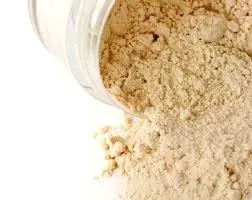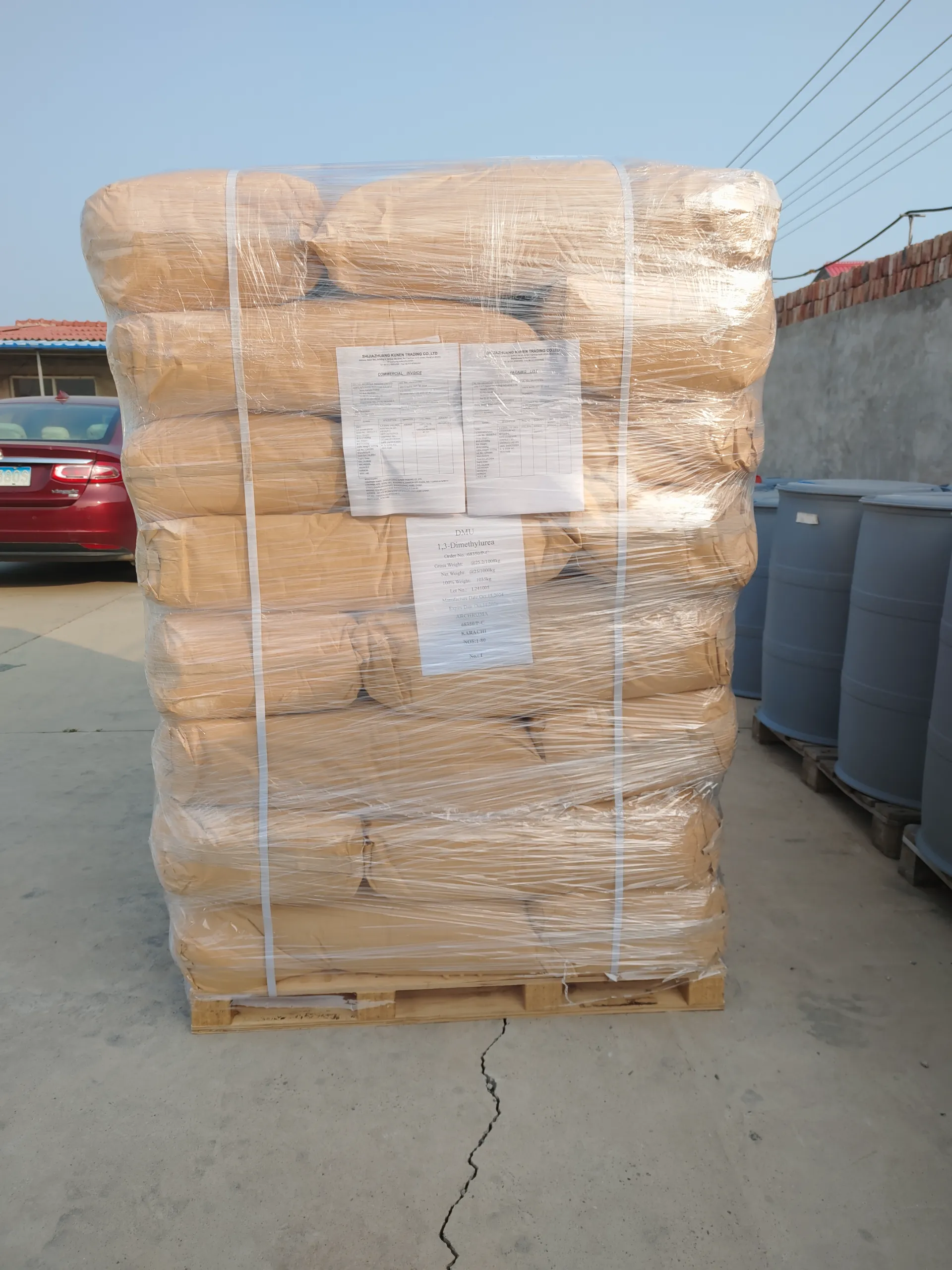6-Chloro-1,3-dimethyluracil
Plasticisers, also known as plasticizers, play a pivotal role in the composition of various products we encounter daily. Their significance lies in their ability to improve the flexibility, workability, and durability of a wide array of materials, particularly plastics. To understand plasticisers better, it’s essential to delve into their composition, uses, benefits, and associated concerns. 
Plasticisers are typically liquid organic substances mixed with polymers to increase their pliability. They function by embedding themselves between polymer chains, thus lowering the cohesive forces within the material. This process disrupts the crystallinity or rigidity of the material, resulting in improved flexibility. Over the years, a variety of chemical compounds have been developed as plasticisers, the most common being phthalates, adipates, and citrates. Each of these compounds varies in terms of their specific applications and performance characteristics, making them suitable for various industries.
The primary application of plasticisers is in the production of flexible polyvinyl chloride (PVC), a versatile material used in creating everything from wire insulation and medical devices to flooring and packaging materials. In fact, around 90% of all plasticisers are utilized in PVC production. By making PVC more flexible and easier to handle, plasticisers broaden the material's applicability while maintaining its inherent properties, such as resistance to water and chemicals.
Beyond PVC, plasticisers find their use in paints, coatings, adhesives, and sealants. In paints, they improve film formation and allow for a smoother application by modifying the polymer matrix. In sealants and adhesives, they enhance elasticity and prevent the substances from becoming brittle upon solidification. The automotive and construction industries also rely heavily on plasticisers to produce robust and durable components that withstand mechanical stress and environmental factors.
While the benefits of plasticisers are evident, it is imperative to address the health and environmental concerns associated with their use. Phthalates, for example, have been under scrutiny due to their potential health impacts. Research indicates that exposure to certain phthalates may disrupt endocrine functions in humans. As a result, regulatory bodies globally have implemented restrictions and guidelines to limit the use of specific phthalates, particularly in children's toys and medical equipment.
In response to these concerns, the industry has shifted towards developing non-phthalate alternatives and bio-based plasticisers. These newer options aim to minimize health risks while maintaining or enhancing performance characteristics. For instance, bio-based plasticisers derived from renewable sources such as soybean oil and other natural materials offer an eco-friendly alternative to traditional plasticisers.what is a plasticiser
Trust in the use of plasticisers is bolstered by stringent regulations and continuous advancements in research and development. Manufacturers must comply with local and international standards ensuring that plasticisers used in products do not pose significant health risks to consumers. In Europe, the European Chemicals Agency (ECHA) strictly monitors the use of chemical substances, promoting safer alternatives and encouraging manufacturers to innovate responsibly.
Experience with plasticisers over decades has demonstrated their indispensable role in material science. Their ability to transform rigid polymers into versatile and functional materials is unmatched, reflecting their value in industrial applications. As technology progresses, so does the expertise in formulating advanced plasticisers that meet the high standards of modern industries while safeguarding consumer health.
Plasticiser manufacturers and product developers are committed to ensuring that these compounds are manufactured and integrated responsibly. This commitment involves investing in research to better understand the interactions and long-term effects of plasticisers on both human health and the environment. Collaboration across scientific, regulatory, and industrial domains is crucial to maintaining the credibility and trustworthiness of plasticisers in various applications.
For businesses looking to incorporate plasticisers into their products, it is essential to choose reputable suppliers known for their adherence to quality and safety standards. In-depth evaluation and validation of materials performance, combined with a keen understanding of regulatory requirements, are decisive factors in ensuring that plasticisers provide the desired enhancements without compromising safety or environmental integrity.
In conclusion, the significance of plasticisers extends beyond mere flexibility; they are catalysts for innovation and essential components in creating high-performance materials. Through ongoing research, development, and responsible practices, plasticisers continue to adapt to the evolving demands of technology and society, ensuring their place in the future of material science and product development.
More product recommendations



